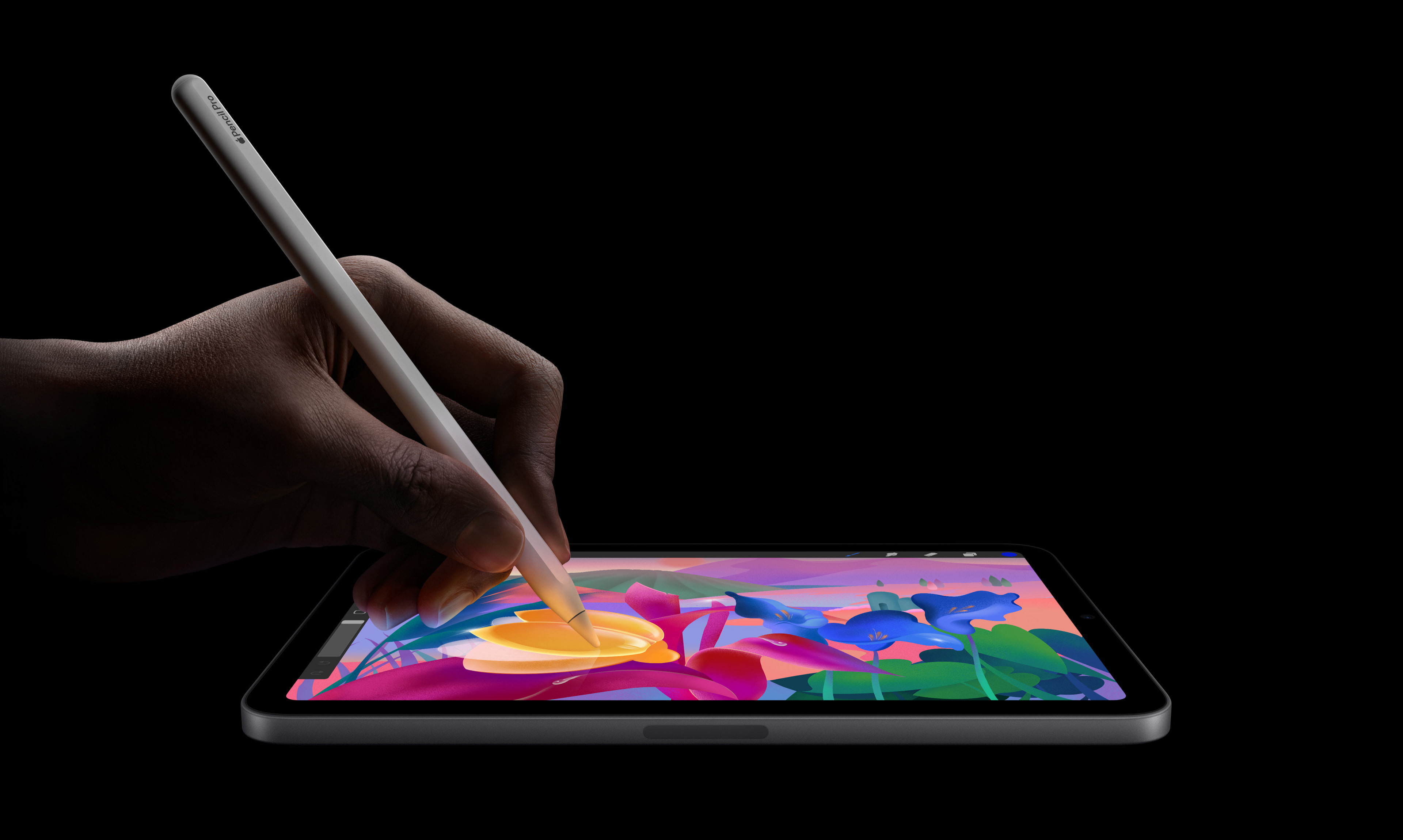Apple quietly releases iPad Mini with major chip upgrade and double the storage
After a 3-year wait, the new iPad Mini is finally here, but it's missing one feature

Apple finally did it. After three long years, a new iPad Mini is here.
If you missed the announcement, that's probably because it didn't get much fanfare, just a humble press release posted on Apple's website on Tuesday morning. While the new iPad Mini didn't receive the same hype the iPad Pro got earlier this year, it's still a big announcement you might want to get excited about.
Here's a look at all the updates in the new iPad Mini, including one feature it's missing and one surprisingly good use for it.
Apple finally announces a new iPad Mini after 3 year wait

On Tuesday, Apple announced the 7th-generation iPad Mini, featuring a new processor with support for Apple Intelligence and double the base storage of the previous model.
The design remained effectively the same, but inside the new Mini has the A17 Pro chip. This is an interesting choice since the new iPhones skipped the A17 generation entirely and all feature A18 processors. So, it's surprising to see the A17 finally make an appearance. Since the new Mini has the A17 Pro, we could see the base A17 in the upcoming 4th-generation iPhone SE.
The A17 Pro chip offers 30 percent more performance than the A15 Bionic chip in the 6th-gen iPad Mini along with 25 percent stronger graphics performance. That means the new iPad Mini is significantly better for gaming than the previous version. The iPad Mini might not be the first thing that jumps to mind when you think of gaming, but that could change as cloud gaming becomes more popular. The iPad Mini is the perfect size to use as a portable gaming device, particularly with a snap-on controller like the Razer Kishi Ultra.
The new chip also makes the iPad Mini 7 better for tasks like photo or video editing. It's capable of running Apple Intelligence, as well, which is expected to start rolling out this fall. Plus, it's compatible with the new Apple Pencil Pro, which offers some exciting new features for artists.
Sign up to receive The Snapshot, a free special dispatch from Laptop Mag, in your inbox.
Unfortunately, one feature I was hoping to see on the new iPad Mini didn't make the cut: OLED. The iPad Mini 7 features the same 8.3-inch Liquid Retina display as the previous model. That's a real letdown considering it has so much going for it otherwise, particularly for people who would really appreciate OLED, like gamers and artists.
On the upside, Apple did give the Mini a valuable storage spec bump. Now the base storage is 128GB, double the 64GB offered on the 6th-generation model. You can increase the storage to 256GB or 512GB if you want even more space.
How to pre-order the iPad Mini 7

The iPad Mini 7 will be available in stores starting October 23, but you can pre-order one right now if you're too excited to wait. Pre-orders are live on the Apple website with the base model starting at $499. If you're a student, you can use education pricing (with a valid education email address) to get the Mini for $449.
If you're trading in your old iPad, don't forget you may need to get a new Apple Pencil with your new Mini. It's only compatible with the Apple Pencil Pro and the Apple Pencil USB-C, not the first or second-generation Pencils. Luckily, you can get the Apple Pencil Pro for just $90 on Amazon right now, a 30 percent discount off the regular price. The Apple Pencil USB-C is down to just $65, making it a serious bargain.
Laptop Mag will be keeping an eye out for early deals on the new iPad Mini, too, so keep an eye out if you want to save some money on yours. We'll also be sharing more details on the latest from Apple, so stay tuned for more info.
More from Laptop Mag

Stevie Bonifield is a freelance tech journalist who has written for PC Gamer, Tom's Guide, and Laptop Mag on everything from gaming to smartwatches. Outside of writing, Stevie loves indie games, TTRPGs, and building way too many custom keyboards.
